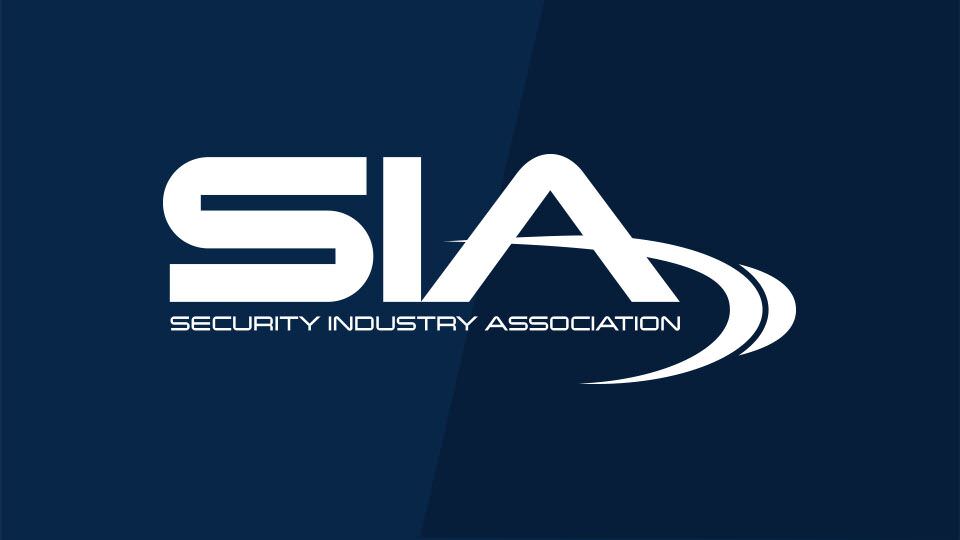Protecting a Facility to the Edge Using Autonomous Robotics

How can you expand exterior surveillance coverage on a property for security and maintenance applications without the traditional high cost of infrastructure investment?
At ISC West, one session will explore how to more comprehensively protect assets, infrastructure and people with autonomous robots. Alice DiSanto, Director of Marketing for Sharp Electronics Corp., will moderate a panel on this topic on April 5, 2017 from 11:15 a.m.-12:15 p.m.
DiSanto will explore the capabilities of robots for improved response and situational awareness, while increasing the ability to be predictive rather than reactive to both security and maintenance issues. In addition, robotics can provide continuous feedback on a site, yet offers flexibility to deploy and adapt based on the ever-changing security landscape. The Security Industry Association (SIA) chatted with DiSanto about the topic.
Register here for ISC West! Choose this and other education sessions at www.iscwest.com/education.
Per some reports, robot security guards have been on offer for a long time—i.e., in the 2000s, when Japanese firm Tmsuk developed a range of roboguards, including their Banryu guard dog. So why haven’t they ever made an impact?
That is true. There have been several companies who have attempted to provide autonomous security robots over the last decade. In fact, Sharp made sure to study those products as well as the market, which included conversations with Security Integrators, Guards Companies, and End Users. What we found and what we were told was that many of these products made a fundamental mistake. The products were just not ruggedized and reliable.
Regardless of the feature set and price point, the robot needs to be durable. The platform and components cannot constantly break down or require servicing. The robot needs to manage or navigate the target customer environment withstanding the natural and environmental conditions of those locations. Additionally, there have been tremendous improvements in sensor technology while pricing for the sensors has dropped. This means higher quality sensing features can be applied without driving the price point out of the marketable range.
What are the advantages of a company employing a robot security guard?
The security landscape is ever-changing and more challenging. Headlines remind us daily of dangers facing both the private and public sector. Advances in robotics can help organizations meet these challenges by augmenting a skilled guard force and extending their capabilities through thermal imaging cameras for example. Payload options, set into motion as opposed to static placement, provide a compelling advancement over traditional security technologies and operations lending to a more proactive approach and not strictly reactive response using continuous data streams.
Anyone unfamiliar with robotic technology may not have heard of the “3 Ds”. Robots are well-suited to take on the “3 Ds” or “dirty, dull and dangerous” tasks of many jobs. A company employing a robot security guard can help liberate the manpower guard force of these “3 D” duties and focus their attention on ever-increasing demands to protect people, infrastructure, and assets. That protection of people includes the human guard force. With features, such as two-way audio communication, personnel can converse from the Security Operations Center (SOC) through the robot without placing themselves physically in harm’s way.
Is there one particular sector that may see advantages of having a robot security guard, versus others?
From Sharp’s vantage point, we are focused on outdoor perimeter patrol and what we call “best-fit customer attributes and industries”. Distribution centers, petrochemical sites, and power plants with expansive, exterior fencing (or controlled access) are examples. These have physical assets that need to be watched by intruders and require safety monitoring due to chemicals or other hazardous materials stored on premises.
What’s the biggest message that attendees of your session will take away? What will they learn from attending?
The natural reaction to change is resistance. A technology, such as a robot for security, not only changes the industry but disrupts it. The biggest message for attendees of our session will be to develop an understanding and awareness of a specific type of robot, an Unmanned Ground Vehicles (UGV). Then we take that one step further to say “Why robots, why security, and why now?” from the perspective of a security integrator, a law enforcement professional and a senior security manager of a leading biotechnology company. They will articulate use cases as well as identify specific security and safety missions for both public and private sector needs.
The views and opinions expressed in guest posts and/or profiles are those of the authors or sources and do not necessarily reflect the official policy or position of the Security Industry Association (SIA).
